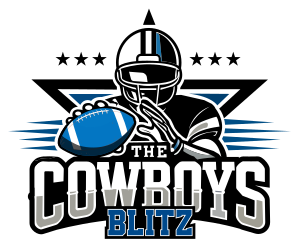Iago33
Well-Known Member
- Messages
- 2,556
- Reaction score
- 1,396
In thinking of evaluating a quarterback in any given round, I thought of how you might assess the relative value. I assume all teams do something like this, but I wanted to get your thoughts on what you’ve heard and how you would tweak it. In addition to qualitative data on any position at any given draft pick, you should be able to have quantitative data available for the position given your tiers, draft board, and rating system.
BQA (Best Quarterback Available) Index
BQA (Best Quarterback Available) Index
- BPA drop off rating: a quantitative rating showing the relative drop off between the Best Player Available and the Best Quarterback Available.
- Next BQA drop off rating: showing the relative drop off between the BQA and the next best quarterback on your ranking.
- BQA differential: the difference between the ratings of the BQA and the next few (let’s say 3) best quarterbacks available after that quarterback.
- BQA/BPA differential: the difference between the BQA differential and the BPA differential (the difference between the next BPA and the next 3 BPA). Of course, you could run down each differential—for example, the difference between the BQA differential and the BTA differential (Best available tackle, for example, if the BPA is a tackle).

